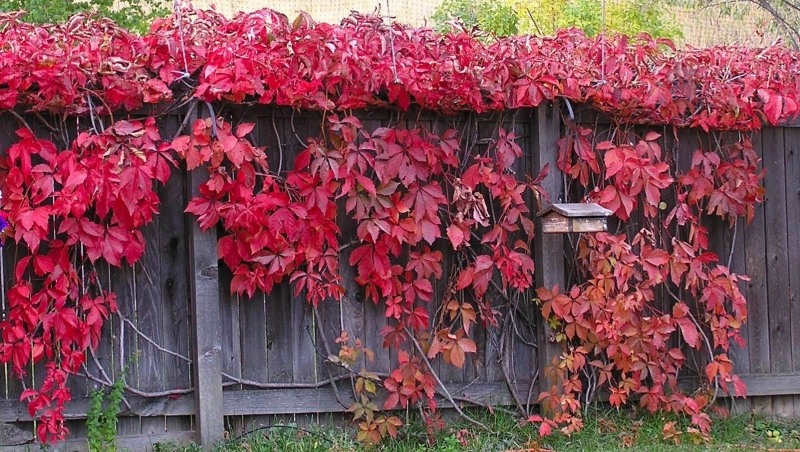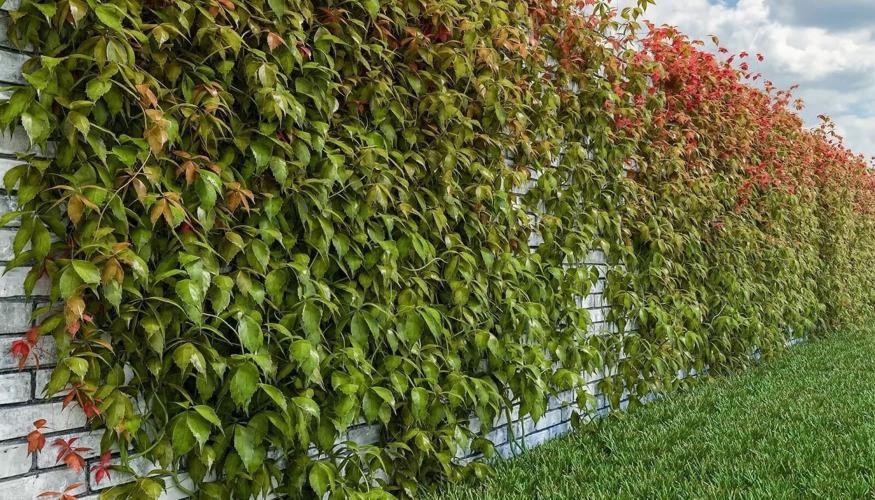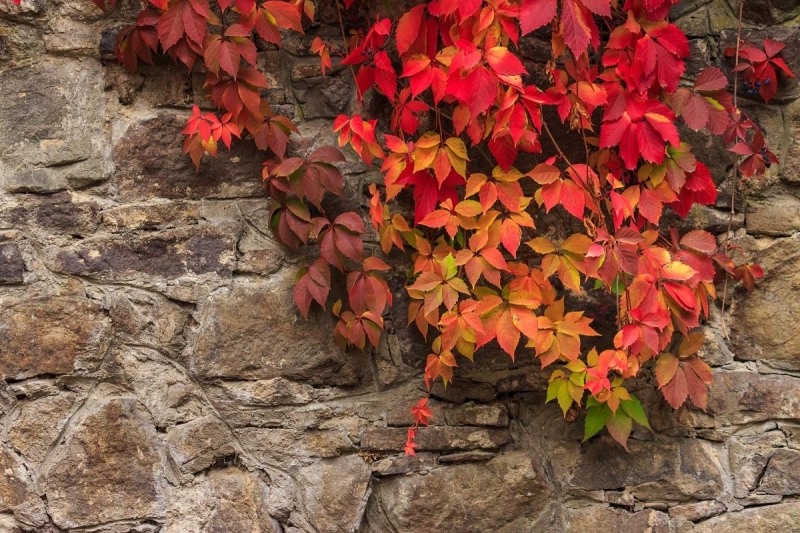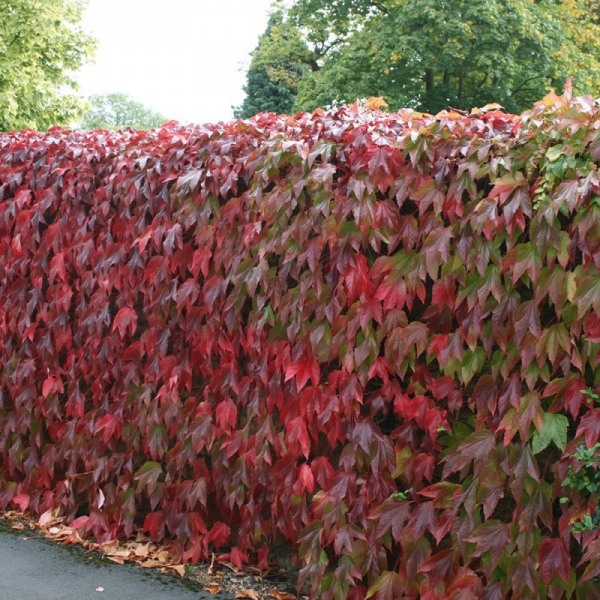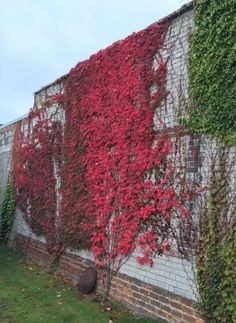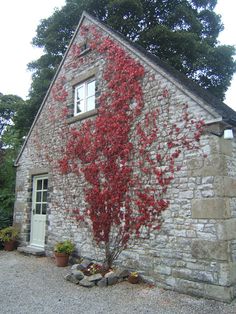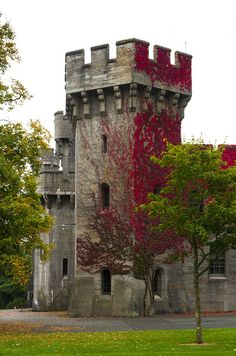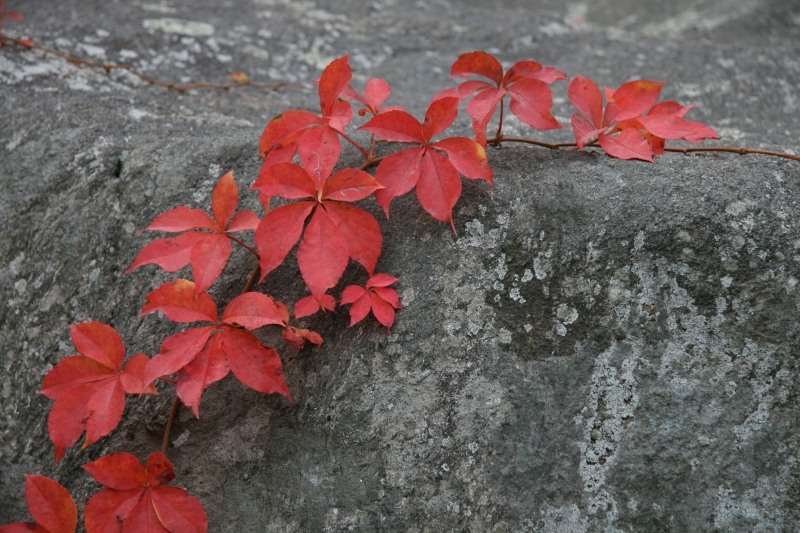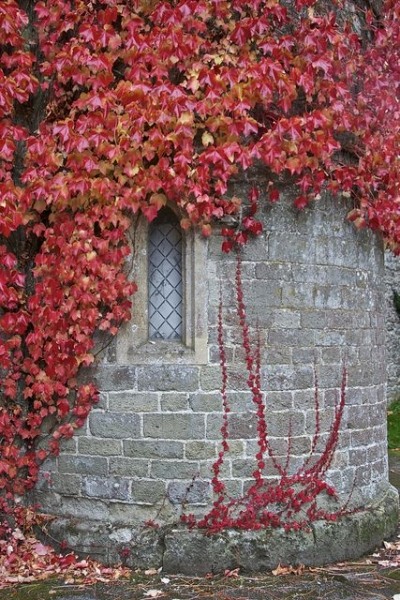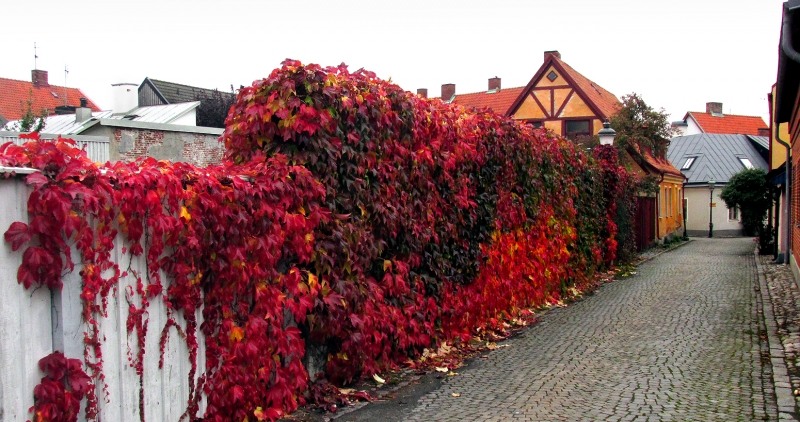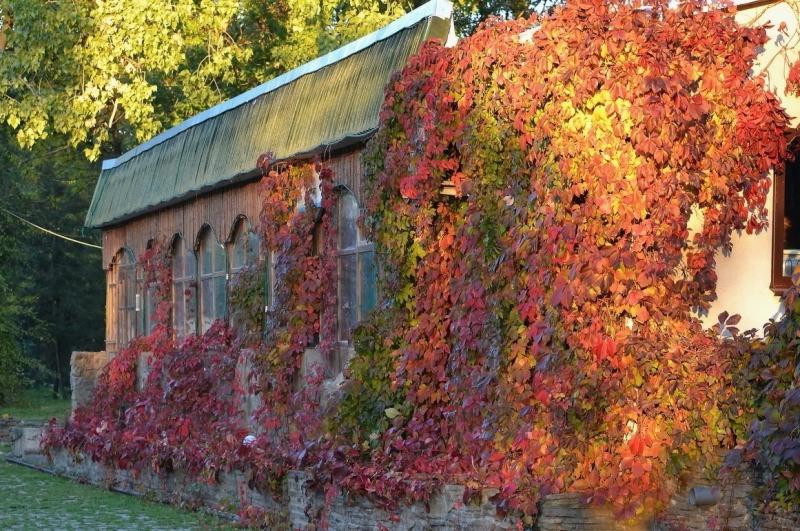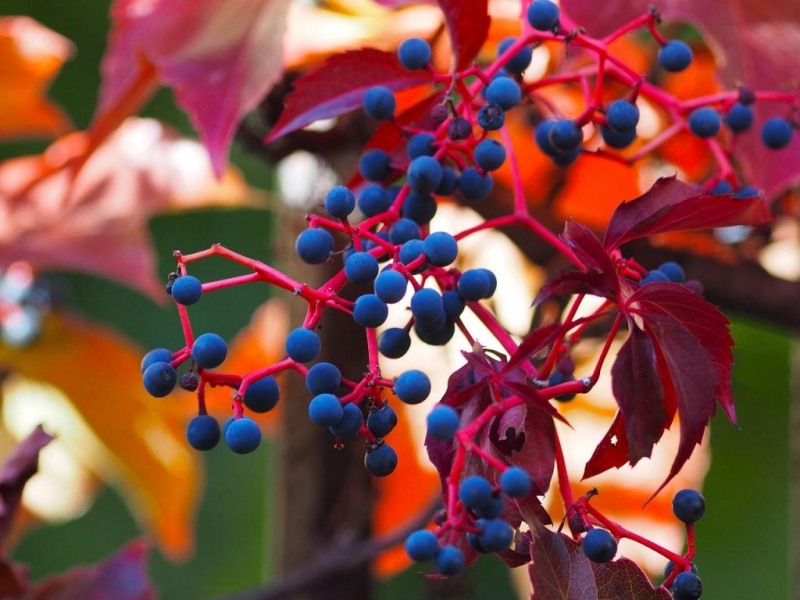Missing October Virginia creeper
| creeper |
It is a perennial vine, see how the Missing october virginia creeper looks like in the garden and landscape.
Missing October Virginia creeper is suitable for growing in USDA hardiness zones: 5a, 5b, 6a, 6b, 7a, 7b, 8a, 8b, 9a, 9b, 10a, 10b, 11a, 11b. Other winter zone scales for planting this creeper are ANBG: 1, 2, 3, 4, 5; RHS: H7, H6, H5, H4, H3, H2, H1c; PHZ: 6a, 6b, 7a, 7b, 8a, 8b, 9a.
Creeper details
| Plant type | vine, ornamental, toxic | ||||||||
| Life cycle | perennial | ||||||||
| Sun needs | shade, part shade, full sun | ||||||||
| Growth habit | climbing, creeper | ||||||||
| Height at maturity | 20 m - 30 m | ||||||||
| Soil type | loamy, sandy, clay, chalky | ||||||||
| Soil moist/drainage | well drained moist | ||||||||
| Soil PH | 5.1 - 8.0 (strongly acidic - moderately alkaline) | ||||||||
| Water needs | average, low when established | ||||||||
| Maintenance / care | low | ||||||||
| Resistance to | deer, disease, drought, heat, insect, cold, humidity, rabbit | ||||||||
| Gardens types | vertical | ||||||||
Winter hardiness zones:
| |||||||||
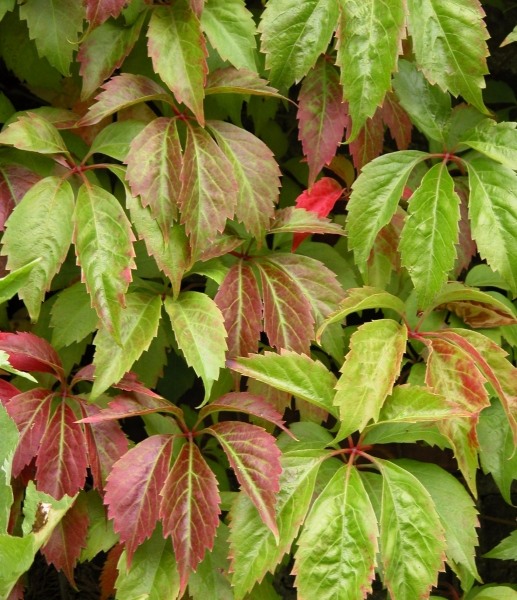 Parthenocissus quinquefolia, known as Missing October Virginia creeper, Victoria creeper, five-leaved ivy, or five-finger, is a species of flowering vine in the grape family. It is native to eastern and central North America, from southeastern Canada and the eastern United States west to Manitoba and Utah, and south to eastern Mexico and Guatemala.
Parthenocissus quinquefolia, known as Missing October Virginia creeper, Victoria creeper, five-leaved ivy, or five-finger, is a species of flowering vine in the grape family. It is native to eastern and central North America, from southeastern Canada and the eastern United States west to Manitoba and Utah, and south to eastern Mexico and Guatemala.
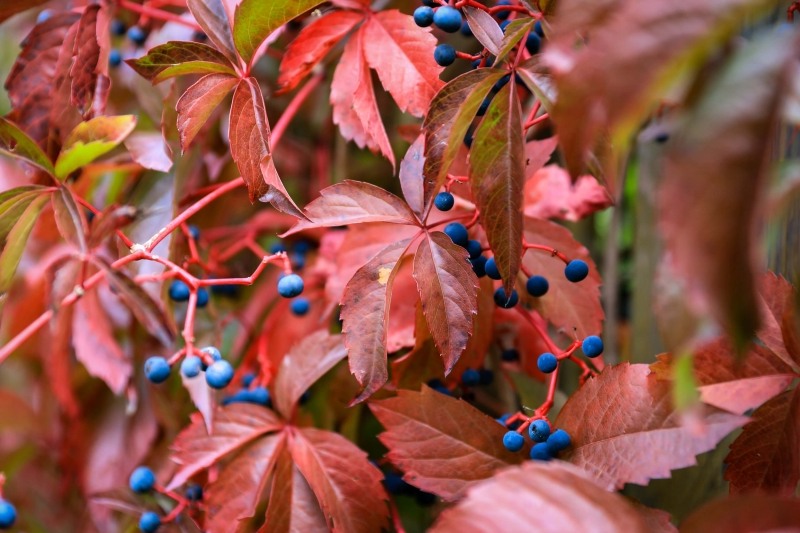 Parthenocissus quinquefolia is grown as an ornamental plant, because of its ability to rapidly cover walls and buildings, and its deep red to burgundy fall (autumn) foliage. It can easily be propagated by stem cuttings taken in spring.
Parthenocissus quinquefolia is grown as an ornamental plant, because of its ability to rapidly cover walls and buildings, and its deep red to burgundy fall (autumn) foliage. It can easily be propagated by stem cuttings taken in spring.
The berries are toxic for humans but not toxic to birds and provide an important winter food source for many bird species.
Virginia creeper needs a strong vertical support (wall or fence) and is commonly used in a vertical landscaping. Plant in full sun for best autumn foliage colour. Pruning is not necessary except to control size.
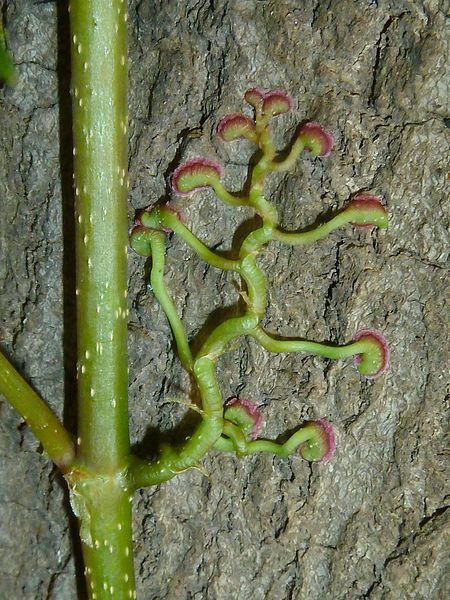 Virginia (Victoria) creeper adheres to the surface by disks rather than penetrating roots, it does not harm the masonry but will keep a building cooler by shading the wall surface during the summer.
Virginia (Victoria) creeper adheres to the surface by disks rather than penetrating roots, it does not harm the masonry but will keep a building cooler by shading the wall surface during the summer.
The plant should be trimmed regularly to keep it from growing into areas where it is not wanted. If allowed to penetrate into the wall of a frame house, it will grow upward within the wall until it finds a place to emerge. The roots can penetrate a rock foundation and grow into the basement of an old house, extending long distances in search of moisture, and growing into floor cracks or drains. Therefore in the UK, Virginia creeper is listed on Schedule 9 of the Wildlife and Countryside Act 1981 as an invasive non-native species.
While this does not prevent it from being sold in the UK, or from being grown in gardens, the Royal Horticultural Society (RHS) encourages those that do grow it to take great care with managing it and with disposing of unwanted material. The RHS also encourages gardeners to find alternative plants to grow.
Missing October Virginia creeper @ wikipedia.
